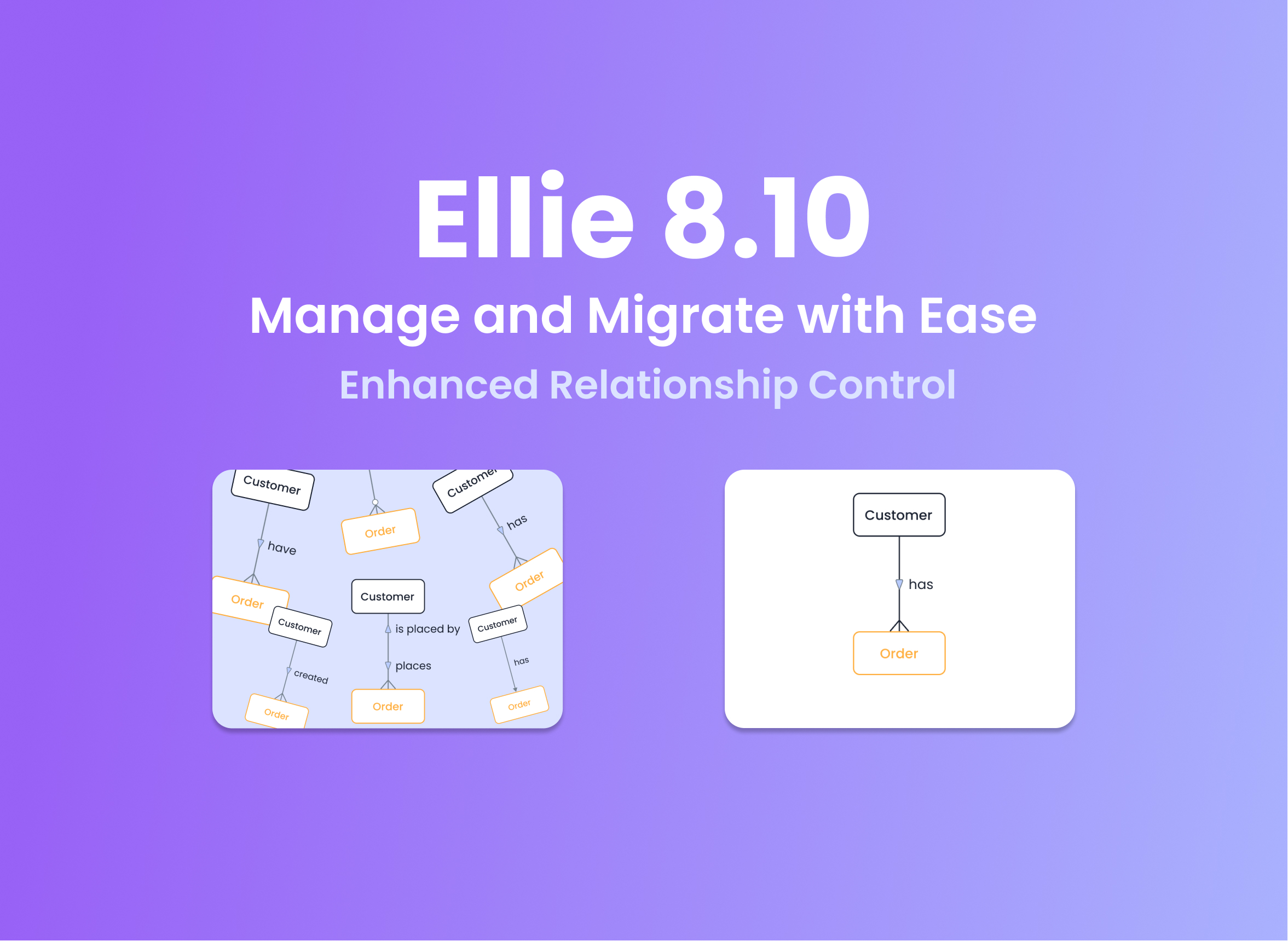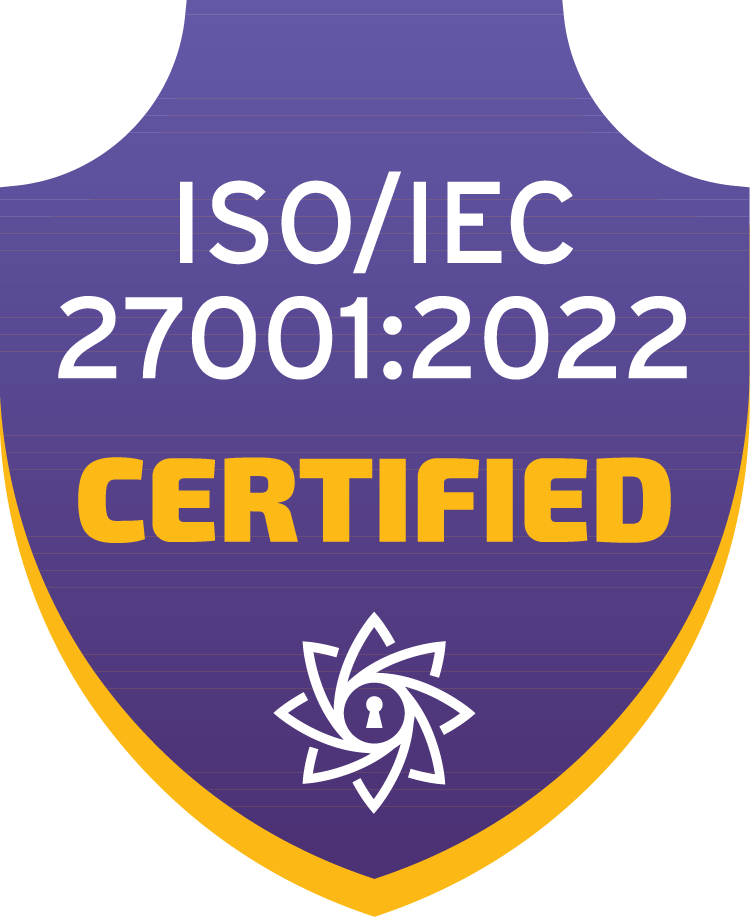Logical Data Model Import - Ellie Version 4.6 Release
.png)
.png)
We have released a new Ellie version! Read on to find out what version 4.6 is all about!
New feature: Logical Model Import API
The shiny new thing in v4.6 is our new Import API endpoint for Logical Models. You can use this API endpoint to feed model information (entities, relationships, attributes) into Ellie, and a new logical model will be created for you!
As the model info is fed into Ellie via the API, Ellie automatically draws the model diagram. This becomes a model just like any other, which you can then modify as you see fit - for example, by adding links from the logical entities to the conceptual entities in your Glossary.
You can keep reading, or watch this video to learn more:
Using Model Import for reverse-engineering
One of the main reasons we have built this new API is the need for reverse-engineering. In many organizations, legacy data solutions are everywhere and their actual data content is often difficult to understand. Ellie’s new capability of importing Logical Models helps you to figure out what data you actually have at hand.
With a visual map of your existing data source as a Logical Model in Ellie, you can start your detective work: what is the data in this table really about? Remember, all the entities in Ellie’s Logical Models can be linked to one or more business entities from the Glossary! Knowing what the real business meaning of the data is is vital.
This linkage will become part of Ellie’s repository, allowing others to a) understand what the table is about, and b) find that table when they’re looking for data relating to a specific business entity. The two-way links built around the Glossary terms will make using the data and building new designs based on it much easier.
How to import Logical Models in Ellie v4.6
The basic workflow for importing Logical Models is simple. You start with an existing model definition: this could be, for example, a database solution, from which you want to create a logical diagram in Ellie. You need to extract the entities, relationships, and attributes from this source model; most database engines have their schema definitions easily available. The source of this information could also be in any other tool that deals with logical metadata, like a data catalog or another modeling tool.
After you have extracted the model metadata from your source, you need to transform it into a JSON structure that Ellie’s API uses. The schema for this file in Logical Model Import API is the same as we have for the Model Export API - it’s quite straightforward!
Then, you call the new Import API endpoint, with the JSON file defining your model included in your call. Ellie reads the file, checks that it is technically valid, and creates a new Logical Model for you.
The model can be found in Ellie’s model list like any other. Its visual structure is automatically drawn on the canvas based on some simple rules (like no overlapping entities etc.), and you can of course modify this like any other model as you see fit.
As usual, the documentation for the API endpoint can be found here: Ellie API Documentation
If you don’t have the API endpoints activated for your Ellie account, please contact support@ellie.ai and it will be swiftly taken care of!
Open-source scripts available
As a first for Ellie, we are also releasing open-source solution examples for ingesting Logical Models into Ellie from database sources. Our two examples cover Snowflake and PostgreSQL as data sources, and Python and JavaScript as example languages.
We’ve created some easy-to-use functions for accessing and authenticating against Ellie and these sources, built the necessary transformation logic to turn the ingested model metadata into a JSON file that Ellie can read, and written the calls to actually write the models into Ellie.
All this code is made available via our public GitHub account. With these examples, you can quickly create your own integrations for various solutions!
Now, go ahead and start importing models!








.jpg)
